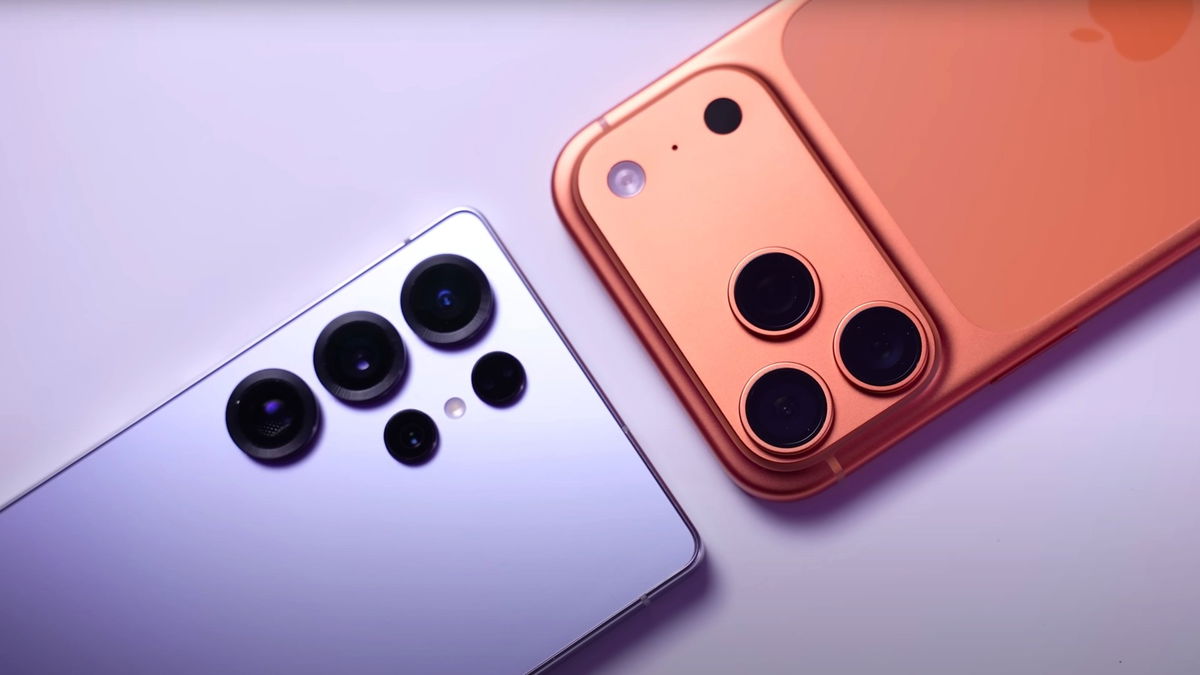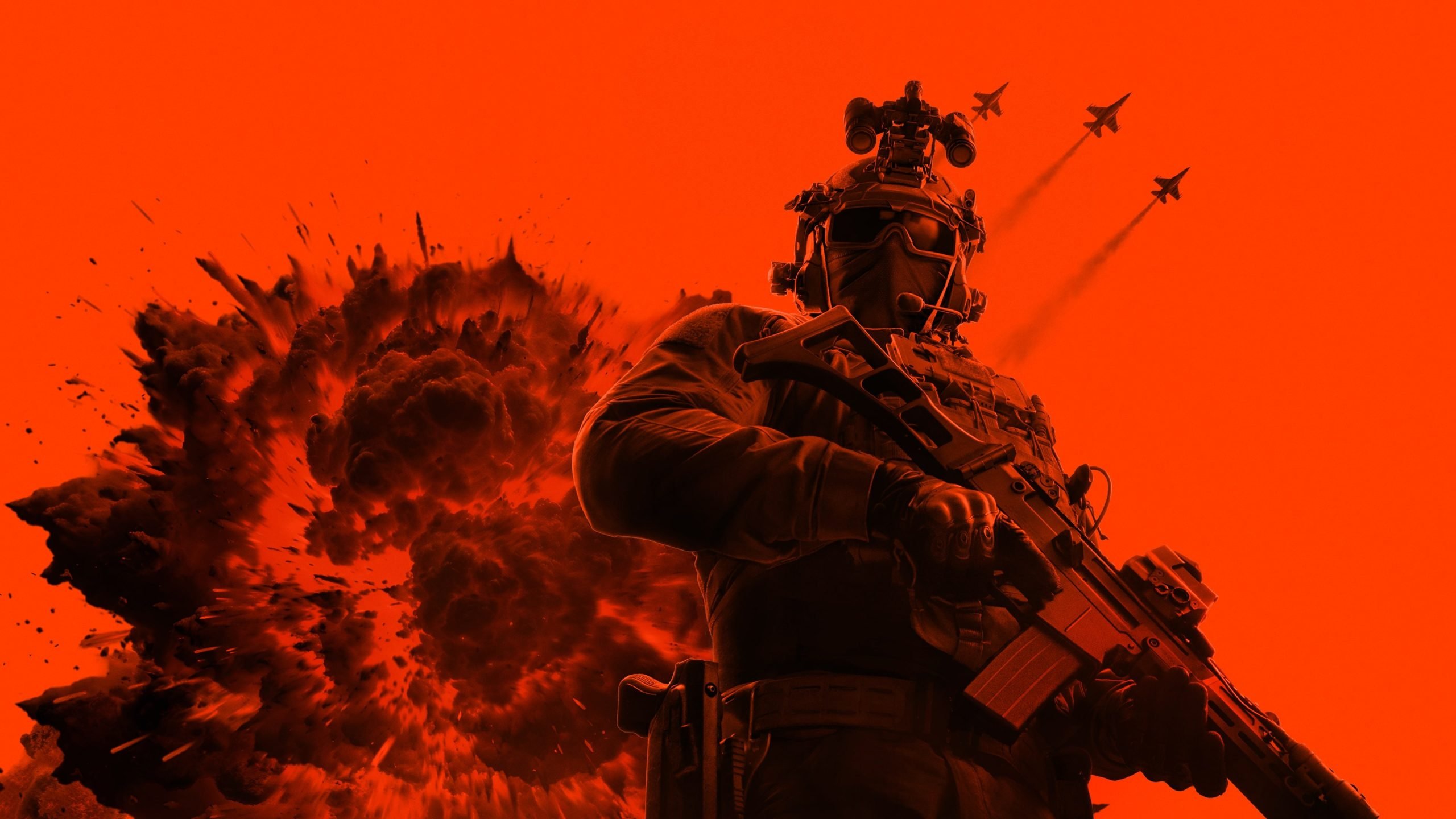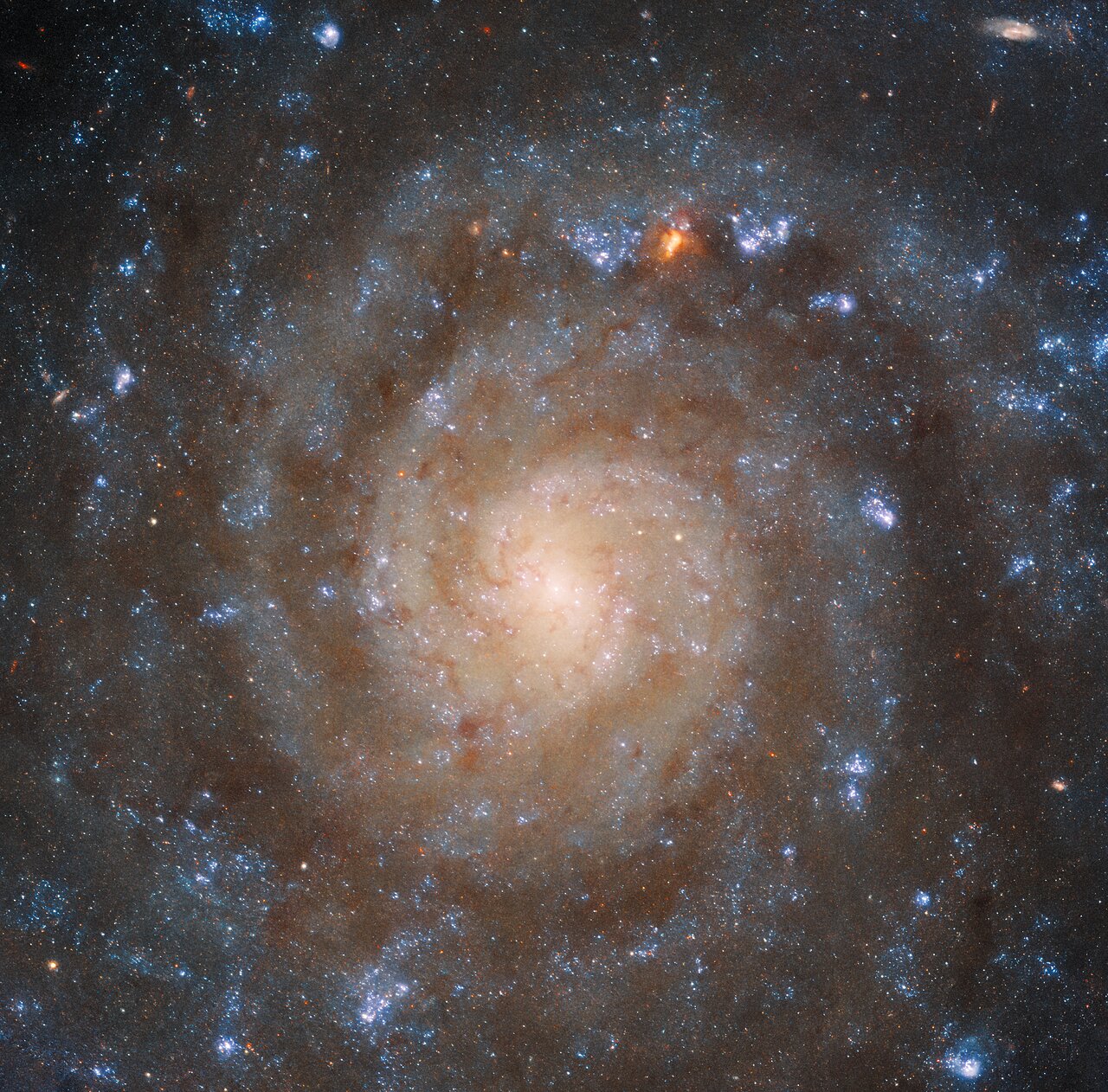Hubble and James Webb teamed up again for a new mission. If a few weeks ago they offered us a joint and impressive look at the ghost galaxy, today each of them has dedicated himself to different tasks. This was posted in Website of the European Space Agency. Over there, let’s take a look at IC 5332, a galaxy smaller than our Milky Way.but whose structure is no less impressive.
IC 5332 is a galaxy located about 29 million light-years from Earth. It is a spiral galaxy with an approximate diameter of 66,000 light-years, just over half the diameter of the Milky Way. Of course, thanks to the near-infrared cameras that James Webb is equipped with, ESA was able to observe this celestial formation like never before, and even photographed its “bones”..
Hubble, for its part, was responsible for capturing it with a more conventional technique.. Thus, photographing IC 5332 in visible light and some ultraviolet light shows us the skin of the galaxy. So we have two images that complement each other and reveal more information than ever.
James Webb opens doors to space surveillance like never before
Before the existence of the James Webb Space Telescope, the study of the universe was not as detailed as it is now. In fact, infrared imaging has been, and remains, infinitely difficult. From ground-based telescopes, for example, it is impossible, because the atmosphere absorbs most of this light spectrum.
Hubble, for its part, has also made it almost impossible to capture images at this frequency. The reason is that Hubble’s mirrors emit light in the mid-infrared range, so any photograph in that spectrum would capture the telescope itself much brighter than any other object. in space, blinding us with what we want to observe.
Meanwhile, James Webb is equipped with mid-infrared (MIRI) and near-infrared (NIRCam, NIRSpec and NIRISS) cameras and mirrors to make these types of surveys easier. Of course, making these captures is not yet so easy. So that these images can be processed without a terrible amount of noise, the space telescope’s MIRI camera must be stored at -266 degrees Celsius (or 7 degrees Kelvin). Only in this cold environment can your detectors work properly and provide accurate readings.
What we see in both images of the galaxy IC 5332
 100vw, 780px”><noscript><img data-attachment-id=)
Source: Hiper Textual













